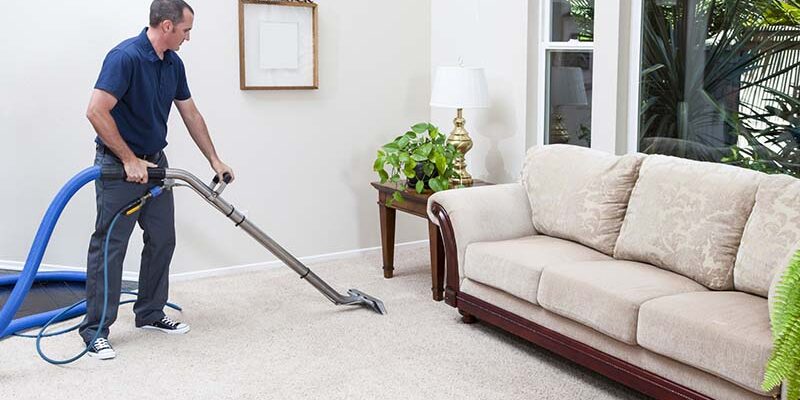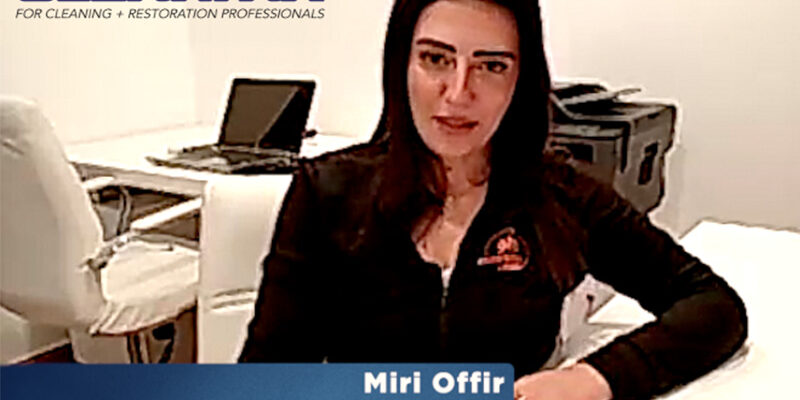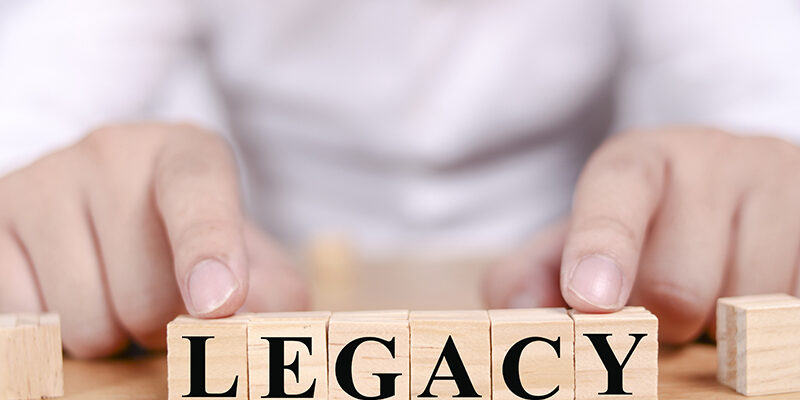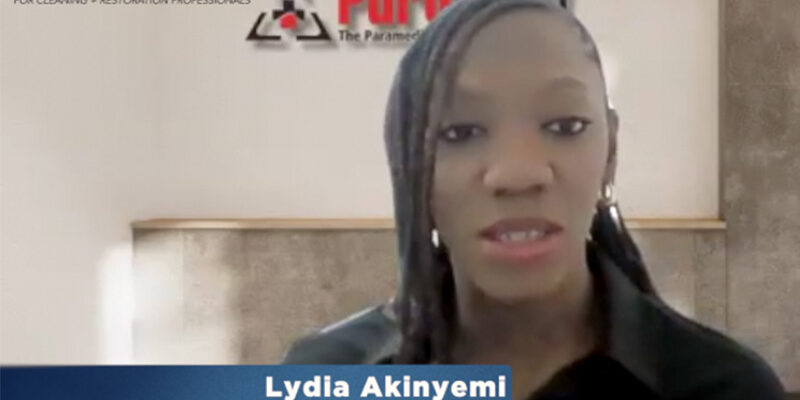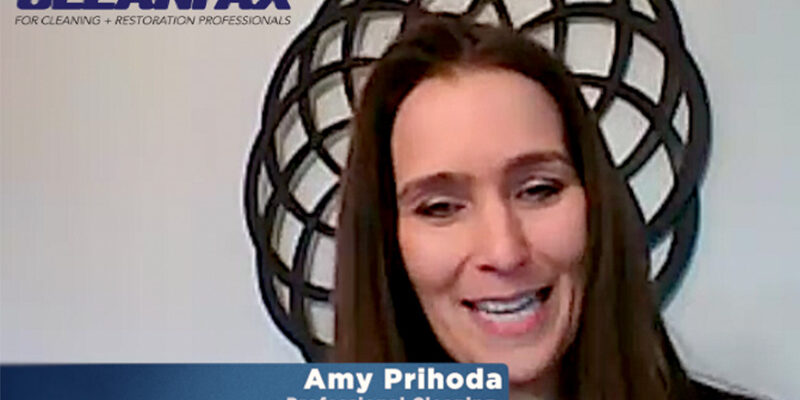Is Contents Restoration Profitable?

Disaster restoration work is profitable. We all know this. Contents restoration is also profitable, but is often ignored by typical disaster restoration companies who concentrate on extraction and drying.
The reality is that profit margins in contents can be much higher than other areas of restoration, but most owners find it difficult to extract sufficient profitability from their contents operations.
Unfortunately, the contents division of most restoration companies is broken and in need of repair. Many companies would prefer not to do contents at all, but are married to the belief that offering contents services somehow increases their chances of securing the more lucrative opportunities of the loss.
This strategy has been successfully utilized by restoration companies for years, but may now be in jeopardy.
This reluctance to embrace contents should really come as no surprise when you consider that most owners of restoration companies come from construction backgrounds. Construction has been the mainstay of the restoration industry for decades and it is only natural to focus our energy on what we do best.
The contents restoration industry is in a continuous state of evolution, and change is inevitable. Tunnel vision can be costly when we fail to pay attention to other potentially profitable areas of our business.
Know your customer
Successful contents divisions have a clear understanding of what insurers need and are in a position to supplying this need. This has earned them a spot on the preferred contractor list.
Listed below are five major insurer requirements.
1. Consistent cleaning quality
Cleaning quality is a major concern of insurers, as unhappy policy holders frequently jump ship.
In many cases, insurers have found it more beneficial to write off a claim rather than entrust the job to a contractor whose service capabilities may be in question.
2. Faster turnaround times
For every day that the claim stays open, additional costs accumulate. It is to everyone”s advantage that all phases of the restoration process are completed in a timely manner.
Providing consistent cleaning, with quality and a fast turnaround, is the essence of successful contents restoration.
3. More in-house services
There are many advantages to being a one-stop shop, and the common denominator is control.
Offering more in-house services means you are in charge of timelines and cleaning quality. Adjusters are more likely to deal with companies who provide more in-house services.
Involving fewer companies in the restoration process makes things less complicated for you, the insurer and the customer.
4. Inventory cataloging and documentation
Documentation has always been a part of contents restoration.
Customer logs, total loss inventory, items found and breakage forms are just some of the many commonly used documents in the business.
Photographing and cataloging of inventory has also become standard procedure and virtually mandatory. Although many companies have been reluctant to embrace this change, contents inventory software is a win-win-win.
In addition to facilitating accurate inventory, some advanced software programs systematically organize and structure the packout in a fashion that promotes cleaning quality and high flow productivity.
These are tangible benefits that have a direct impact on profitability.
5. Realistic and consistent pricing policies
Involving adjusters in the estimating and billing process is the key to making insurers true partners in your contents operations.
Conducting adjuster continuing education classes should be a regular event at your facility. These are excellent opportunities to showcase your contents restoration capabilities and gain creditability.
Consistently delivering high quality cleaning, faster turnaround times, accurate inventory cataloging and offering more in-house services will minimize or eliminate pushback when invoices are presented.
Becoming the ”go-to” company
In recent years, contents restoration has taken a giant step forward. With the introduction of specialized restoration equipment, inventory software and new management strategies, efficiency and productivity have skyrocketed.
These developments have prompted insurers to renew their interest in contents restoration, creating a unique opportunity for restorers to capitalize on potential profits.
The concept of working with restoration professionals who can consistently deliver high-quality services is appealing to insurers, and adjusters are now looking to partner with capable companies.
As high quality restoration becomes the norm rather than the exception, doing just an average job of contents may not be enough.
Many of North America”s top restoration companies are already providing higher levels of service. By reorganizing, updating management strategies and improving processing capabilities, restores can put themselves in a position to gain and retain market share.
Proper evaluation
Prior to embarking on a contents division overhaul, an accurate evaluation of current contents operations is necessary.
Begin by assessing your facility, look at work area layout, production capability and flow.
Make a list of services offered and all equipment and tools in your arsenal, including software and hardware.
Evaluate your current packout procedures and production protocols and assess personnel abilities and education.
Look at management structure, chain of command, employee advancement opportunities and marketing strategies.
An analysis of this information will help you paint an accurate picture of your contents division capabilities and help you identify inefficiencies, bottlenecks and critical areas of concern. Begin by addressing your immediate needs first, and then develop a clear vision of your short-term and long-term goals.
Plan carefully
There is no doubt that utilizing the right tools for the job can greatly increase quality and boost productivity.
Many companies, however, have found out the hard way that just buying equipment does not guarantee success. Efficiency and profitability are directly harnessed to training and education.
Contents restoration is a complex undertaking that requires the implementation of specific procedures and protocols, monitored by comprehensive checks and balances.
The most profitable contents restoration operations in North America are committed to the ongoing education of their managers and technicians.
Content challenges
Unfortunately, there”s no miraculous formula that will cure an ailing contents division.
Listed below are five reasons why most companies struggle with contents restoration efficiency.
- Improper packout strategies and job procedures
- Inefficient inventory cataloging and documentation
- Inadequate processing facility, equipment and tools
- Lack of commitment to employee training and education
- Failure to track cleaning quality, productivity and employee performance.
The packout affects every phase of the contents restoration process and is the foundation upon which successful contents operations are built.
The packout is critical and has a direct impact on cleaning quality, productivity and profitability. Packouts are chaotic and many companies are not sufficiently organized and have no plan. Consequently, there is far too much time spent at the packout scene. Employing a systematic packout strategy is absolutely essential and is a key to success.
Content profitability
Contents restoration is becoming big business, and contents productivity centers that specialize in full-service contents restoration are starting to appear on the horizon.
Typically, these operations are broken down into a series of departments that include the following:
- Ultrasonic cleaning
- Electronics restoration
- Hand cleaning
- Soft contents
- Furniture and upholstery
- Rug cleaning
- Specialty cleaning.
Specialty cleaning addresses applications such as document and minor art restoration. This approach to contents is catching the attention of insurers, and may very well be the beginning of a new trend in contents restoration.
The future of contents
For decades, contents restoration was accomplished using slow, labor intensive hand cleaning methods.
Cleaning quality was often inconsistent because it was dependent upon the capabilities of the individual.
Contents processing has continually evolved and we”ve come a long way. It”s now possible to deal with heavy-duty cleaning challenges and delicate tasks simultaneously in a continuous flow of production.
We are now capable of cleaning much faster and more consistently, and restorers utilizing today”s advanced cleaning technologies are able to recover items previously considered non-restorable.
The development of unique hybrid botanical cleaning solutions, designed specifically to deal with the demands of contents restoration, are also making a dramatic impact.
As responsible corporate citizens, restorers can now play an important part in preserving the environment for future generations.
Recovering, restoring and recycling is everyone”s responsibility. And, as restorers, we have a unique opportunity to make a real difference.

David W. Mazur founded Canadian Ultrasonic Industries Ltd. in 1989. In 1993, Mazur expanded operations into the United States under the trade name of Ultrasonics International Corp. (UIC). Ultrasonics International has been instrumental in developing a wide range of industrial ultrasonic cleaning equipment for a variety of specialty cleaning applications with an emphasis on contents restoration. Mazur is also co-founder of the Restoration Alliance and is the director of Fireline Training Centers.


